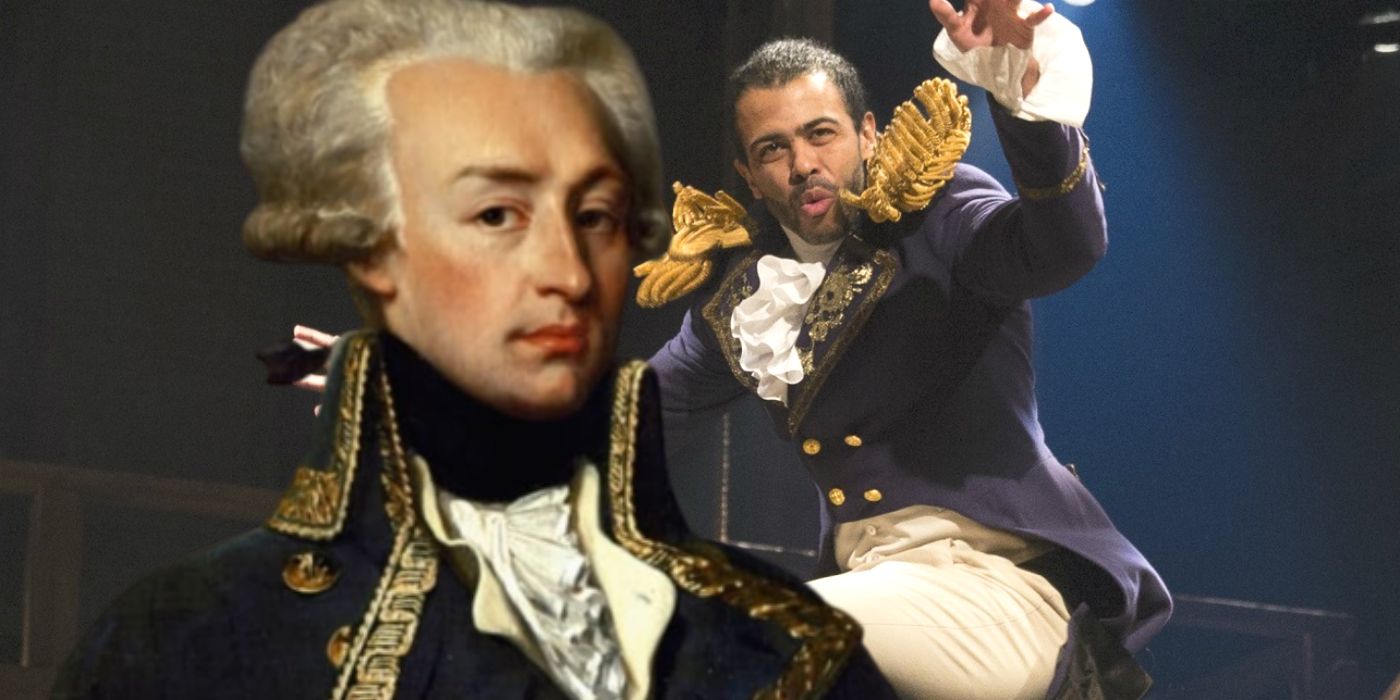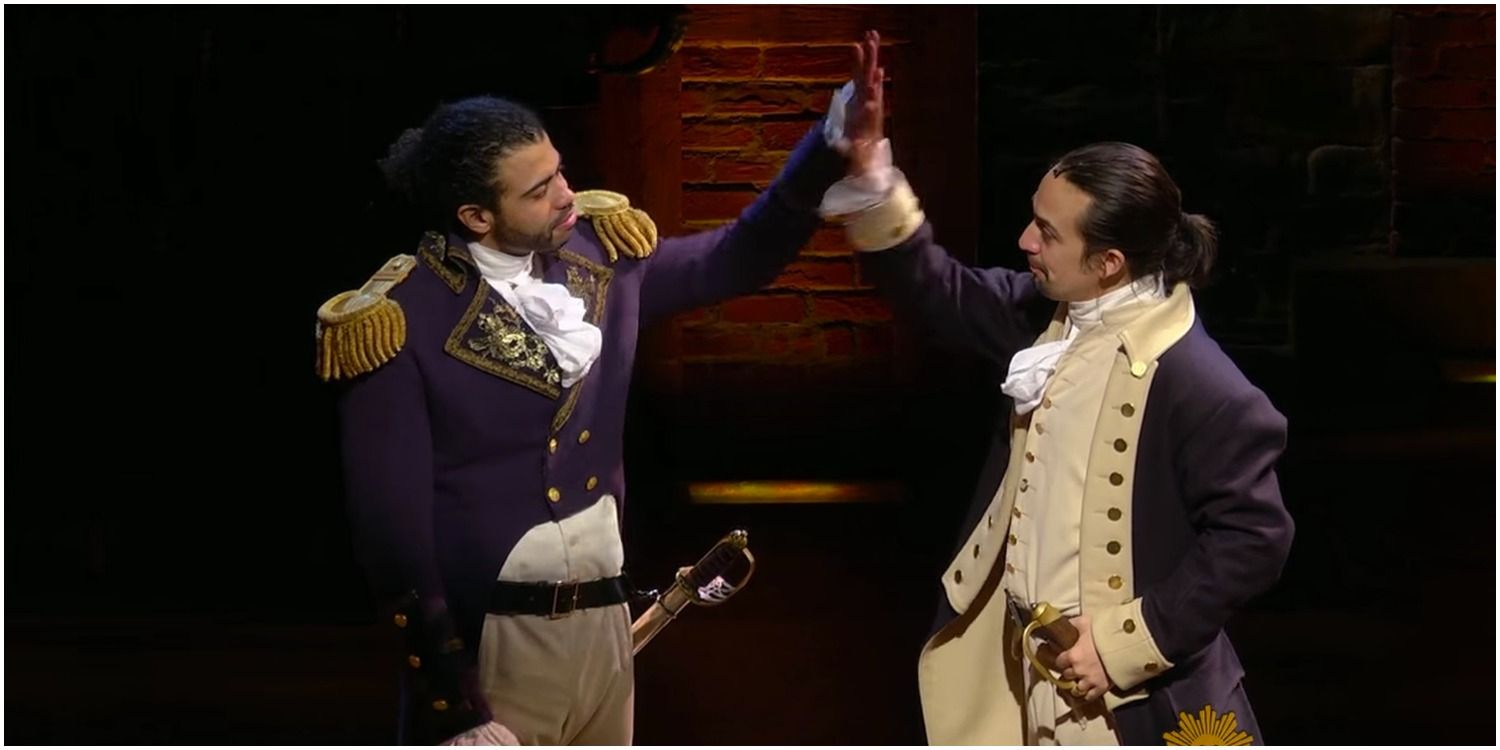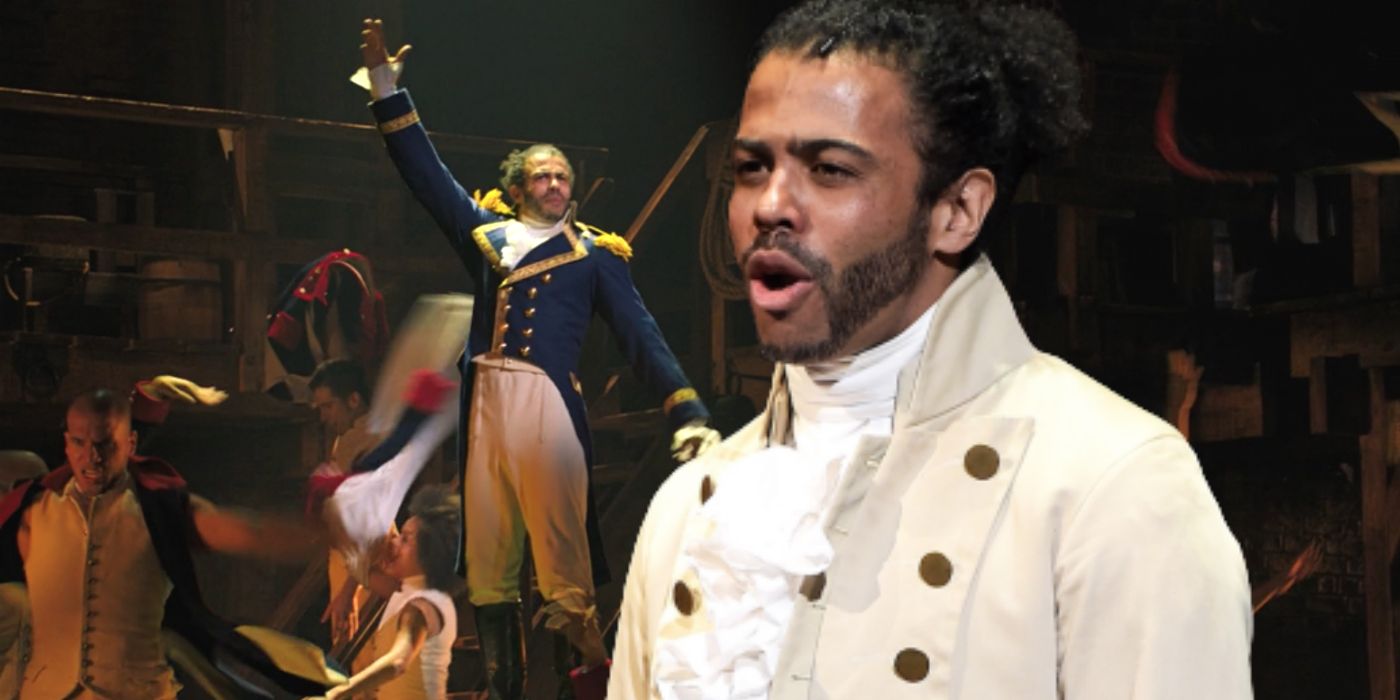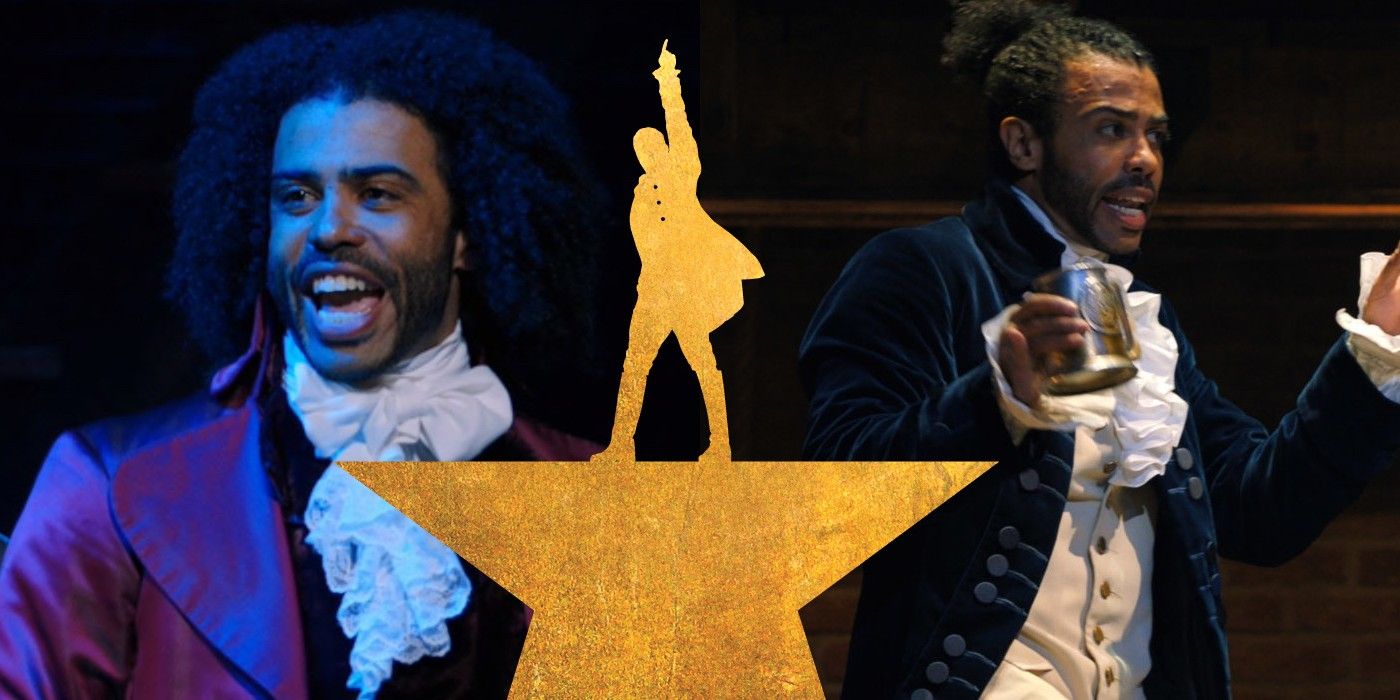In Lin-Manuel Miranda's Hamilton, Marquis de Lafayette makes a name for himself as "America's favorite fighting Frenchman", but the musical makes some changes to real history. Known onstage for his quick rapping and athletic dancing, Daveed Diggs' Lafayette is one of Hamilton's close friends and an asset to the American Revolution. When the war ends and Act 2 begins, however, Lafayette disappears from the musical. What was the real Lafayette like, and where is he in Act 2?
Hamilton simplifies Lafayette for storytelling efficiency – even his name was shortened. The real Lafayette was named Marie-Joseph Paul Yves Roch Gilbert du Motier, Marquis de Lafayette, but he was often known simply as Lafayette. Hamilton portrays Lafayette as a staunch revolutionary, but as is the case for many characters in the show, the truth is more complicated. While he fought for freedom in the American Revolution, Lafayette was more hesitant in the French Revolution.
It would be impossible for Hamilton to include every detail of Lafayette's life without distracting from the show's primary focus. But with the character Lafayette's status as a fan favorite, it's no surprise that many viewers are eager to learn more about him. Let's break down the significant parts of his life that Hamilton either left out or skimmed over.
Lafayette: The Hero of Two Worlds
Like Hamilton, Lafayette was an orphan. Unlike Hamilton, the death of Lafayette's parents allowed him to inherit extreme wealth. This money allowed him to finance his move to the American colonies after the announcement of the Declaration of Independence. He craved glory as a soldier, and despite being just 19-years-old and having no combat experience, he was appointed a major general in the Continental Army. Hamilton portrays Washington and Hamilton as having a father-son type of relationship, but Washington had this relationship with Lafayette as well.
Lafayette was noticed for his bravery and skill fighting in the Battle of Brandywine and then was granted command of a division. In 1779, Lafayette returned to France to convince Louis XVI to send aid to the colonies, and he brought back 6,000 troops and 6 ships. This event is referenced in "Guns and Ships," the Hamilton song in which Lafayette receives the most glory.
After returning to America, he commanded an army in Virginia and orchestrated hit-and-run attacks against Benedict Arnold and his forces. It was Lafayette who trapped Cornwallis at Yorktown, laying the stage for the "Battle of Yorktown" song. Here, the British surrendered. After proving his skill, strategic abilities, and bravery in the American Revolution, Lafayette became known as "The Hero of Two Worlds."
Hamilton: All 46 Songs In The Musical, Ranked From Worst To Best
Lafayette's Act 2: The French Revolution
In the song "Battle of Yorktown," Hamilton asks Lafayette, "What happens if we win?" Lafayette responds, "I go back to France. I bring freedom to my people if I'm given the chance." This is Lafayette's final song in Hamilton – Daveed Diggs plays Thomas Jefferson, Lafayette's close friend, from that point on. True to his word, Lafayette did go back to France, but whether he brought "freedom to his people" is somewhat debatable. The French Revolution was "messy," as Jefferson stated in Act 2 – and so was Lafayette's position in it.
In France, Lafayette was a leader of the liberal aristocrats, also called the Fayettistes. Despite his affinity for liberty, he was unwilling to give up his position as an aristocrat. He advocated for a constitutional monarchy rather than the complete destruction of the royal system. This stance put Lafayette in a tricky position during the French Revolution and led to a series of seemingly contradictory actions. Lafayette supported the conversion of the Estates-General to the revolutionary National Assembly, and he and Jefferson worked together to draft the Declaration of the Rights of Man and of the Citizen. But when a mob stormed Versailles a few months later, Lafayette and his troops rescued Louis XVI and Queen Marie-Antoinette.
Lafayette advocated for transferring power from the aristocracy to the bourgeoisie but was against any further democratization. He continued to try to suppress Revolutionaries who pushed for the abdication of the King, even opening fire on a crowd of petitioners. When the French ultimately overthrew the monarchy, Lafayette's stance on the Revolution put him in danger. Lafayette defected to Austria, which caused him to be captured by the Austrians, but also allowed him to avoid being tried for treason or falling victim to the Reign of Terror. Angelica Schuyler, Hamilton's sister-in-law, ultimately paid for Lafayette's escape – a testament to the lasting relationship between the two soldiers.
Lafayette's Final Years and Legacy
After sitting in the Chamber of Deputies for the majority of King Louis XVIII's reign, Lafayette visited the United States, where he was extremely popular. He went on a tour of the country, visiting Washington's grave and Monticello. Lafayette spoke at the House of Representatives – he was the first foreign citizen to do so. During France's July Revolution, King Charles X was forced to abdicate. Lafayette could have a lead a military coup and taken control of the government, but instead, he worked to install Louis-Philippe as France's "citizen king." Four years later, Lafayette died and was buried with dirt that he had collected from Bunker Hill in America.
Why Eliza Gasps At The End Of Hamilton
Through his work in several revolutions, Lafayette left a lasting legacy in both France and the United States. However, the United States especially makes a point to honor his memory. Lafayette's tour of America spawned a wave of patriotism, and several cities were named after him. In 2002, he was granted citizenship in the United States. He indeed was "America's favorite fighting Frenchman," as Hamilton states.
Lafayette spent much of his life in Revolutions on both sides of the Atlanta, dealing with all the dangers and moral ambiguity that came along. Compared to France's drawn-out, stop-and-start revolutionary process, America's was simple, quick, and easy. The choice was simple: one could be loyal to Britain or want to start a new country. In France, however, the range of stances fell on a spectrum.
With Lafayette falling dangerously close to being tried for treason after the monarchy was overthrown, it may seem that Hamilton's depiction of him as a revolutionary for both France and America is inaccurate. Given the complexity of France's Revolution, however, this stance would not be fair to Lafayette. Lafayette was a revolutionary; he just wasn't quite as radical enough for the French Revolution's winning side. When Lafayette pounded his fist against his chest and yelled, "Freedom for America, freedom for France!" in Hamilton, he meant it – no matter how complicated that path would become.
Hamilton Ending: Alexander’s Death & The Final Song Explained




